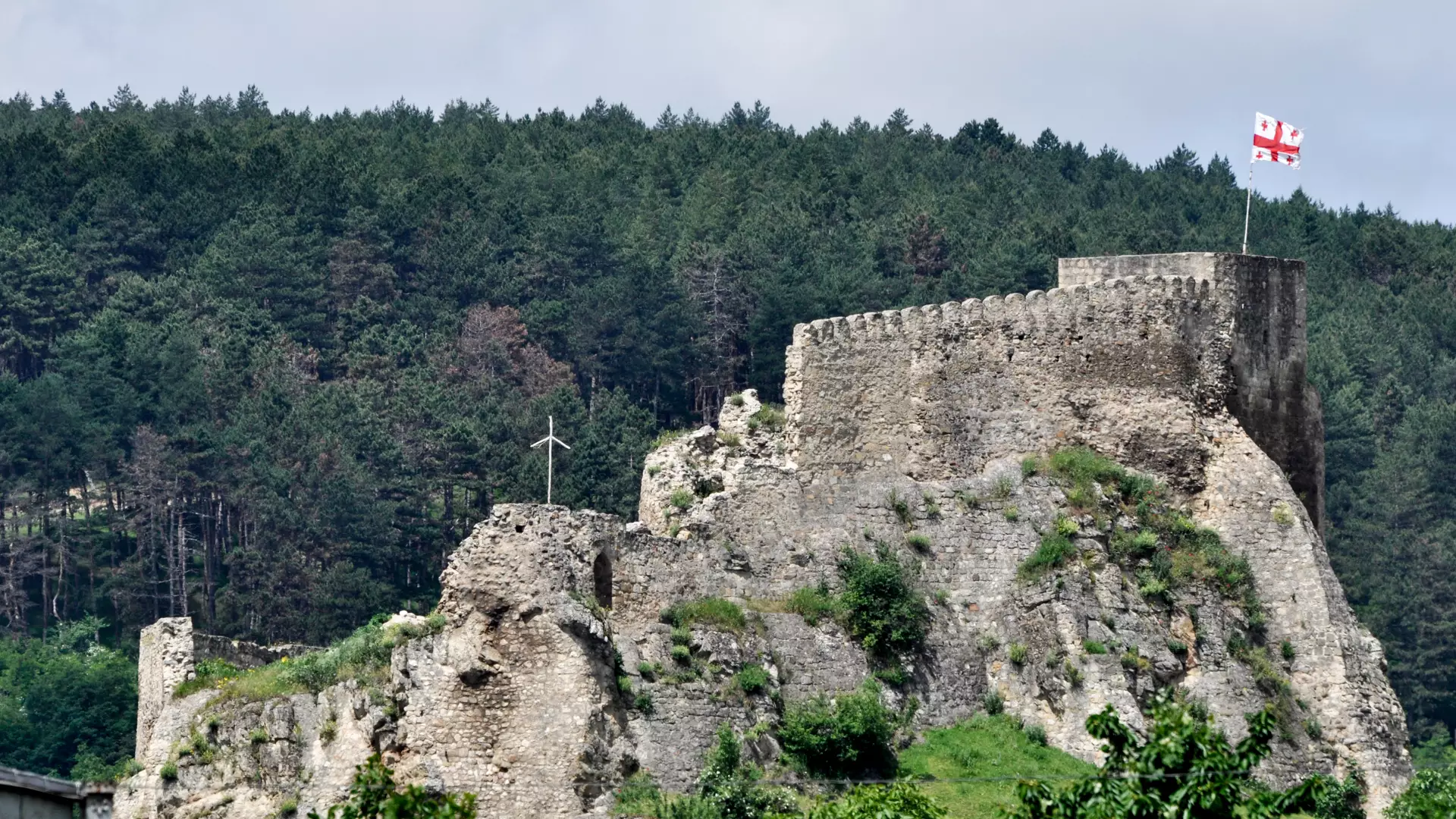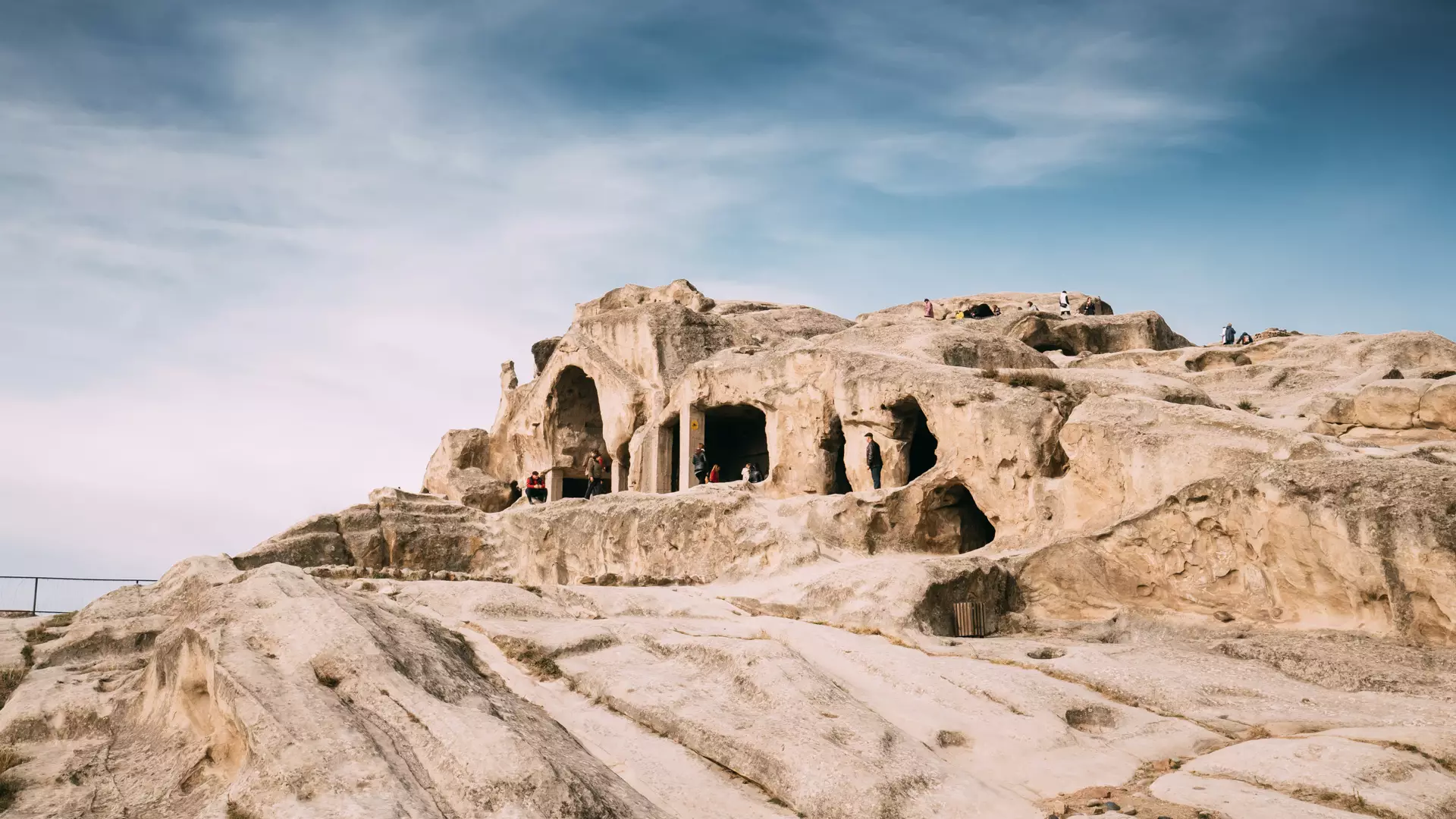Shida Kartli
Geography and Climate of Shida Kartli
The border of Shida Kartli follows the Caucasus, Likhi, Trialeti, and Kharuli mountain ranges and the Ksani River.
Its lowest point is at 800 meters above sea level, while the highest point reaches up to 2,200 meters.
Shida Kartli enjoys a continental climate and its central part of Georgia.
The Major Cities of Shida Kartli
The administrative center of Shida Kartli is the city of Gori, located 76 kilometers from Tbilisi. Other important cities include Kaspi, Kareli, and Khashuri, as well as temporarily occupied by Russia - Tskhinvali and Java.
Each administrative center and its associated villages (including Surami, Agara, and 366 villages) boasts its own unique blend of beautiful landscapes, rich history, and important cultural monuments.
Historical and Cultural Importance
Shida Kartli’s human history begins in the Paleolithic Era, and the region was already intensely populated by the Bronze Age. The Mtkvar-Araxes culture came to be during this time period.
The rudiments of administrative units appears during the Iron Age, the Khevis, and the first state formed during Antiquity. The state of Zena Sopeli, whose capital was Uplistsikhe, was the first true state to exist in the region.
In the 4th to 3rd centuries BCE, after the unification of Iberia (Kartli), Shida Kartli was organized as a fiefdom, and then became a military unit called a Saspaspeto.
Shida Kartli was the economic and cultural center of life during the unified monarchy of Georgia in the reign of David the Builder. After Samtskhe Principality was conquered by the Ottomans in the 17th century, it was separated from the kingdom of Kartli for a long time.
The Sights, Architecture, and Culture of Shida Kartli
Shida Kartli is extremely significant for both Georgian and European history. Its fascinating history, medieval architecture, and highly artistic monuments make it a must-see for historians and history enthusiasts.
One particularly amazing sight to see is Uplistsikhe, the Bronze Age city carved into a cliff, and one of the oldest settlements in the Caucasus. There are also the region’s clifftop fortresses – Gori and Surami Citadels – whose foundations were built before the common era, as well as Grakliani Hill, which tells a history of human habitation since the Paleolithic Era.
Other notable monuments of Georgian architecture and monumental painting include the churches of Ateni Sioni, Samtavro, and Ruisi; the monasteries of Kintsvisi and Kvatakhevi, and more than 100 other important monuments.
The Resorts and Nature of Shida Kartli
Shida Kartli is a place of extended mountain ranges, diverse forests, massive fields, beautiful waterfalls, and shimmering lakes. Liakhvi Strict Nature Reserve, Dzama and Ateni Valleys, Bateti and Nadarbazevi Lakes, Damchkera and Biisi Waterfalls, and Jamjama Mountain are all places for unforgettable adventures and relaxation, while the resorts – Surami, Kvishkheti, and Garikula – are able to treat a large number of diseases with their unique climates and mineral waters.
The Cuisine of Shida Kartli
The cuisine of Kartli is rich in both fish and meat dishes, as well as vegetarian food. On the road to Surami you can try the delicious, fragrant sweet bread Nazuki.
Along with Chakapuli, you can try Pkhaleuli, sorrel, buttermilk, and cornel soups, which pair very well with Kartli wines, such as Goruli Mtsvane, Shavkapito, Chinuri, and Tavkveri.
Kartli songs, like Namgluri, the harvest song, Makruli, and others, add a special charm to all of this.
Cookie Policy



